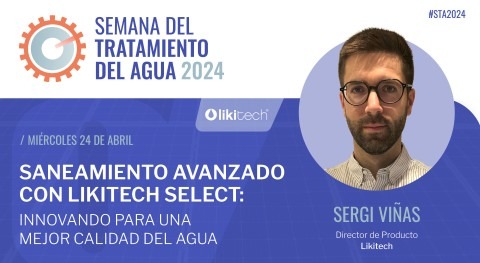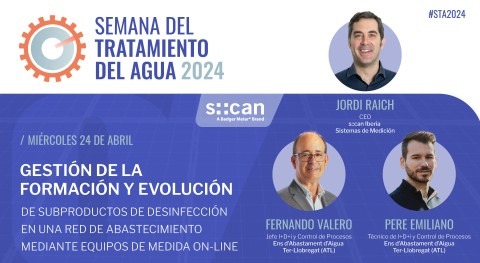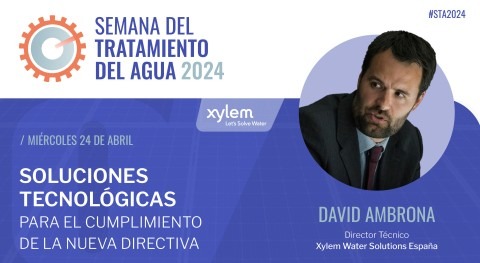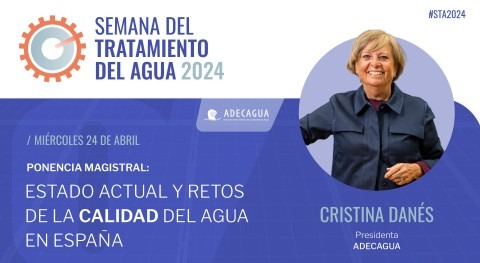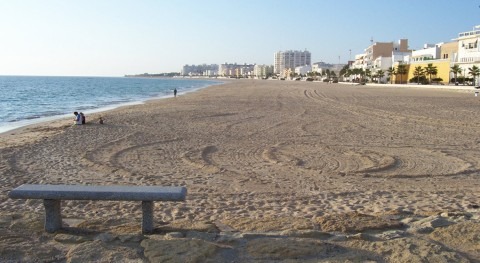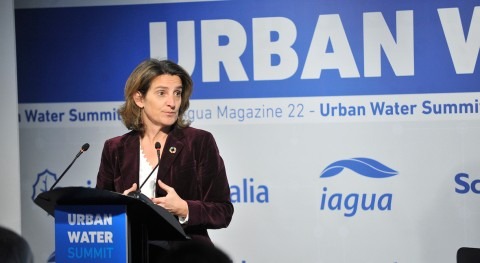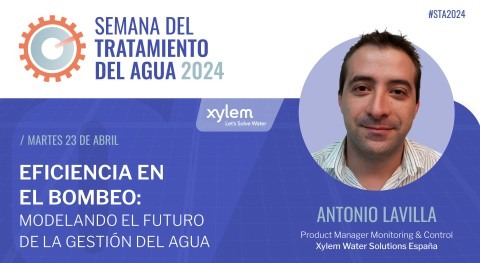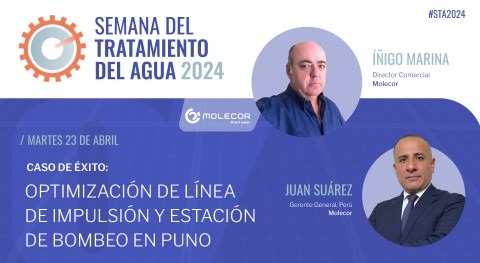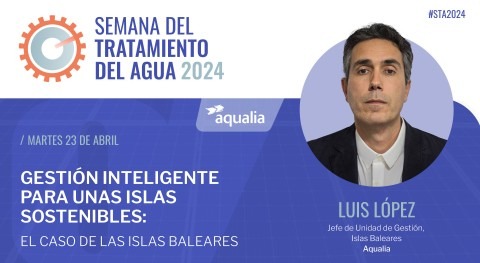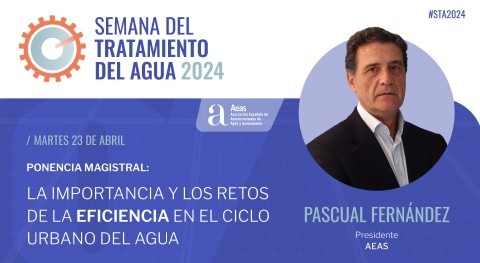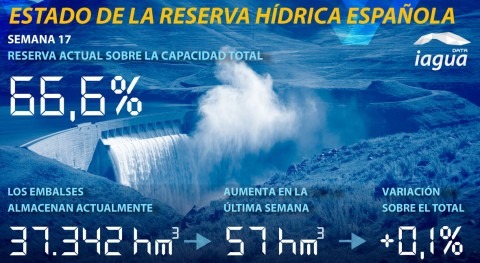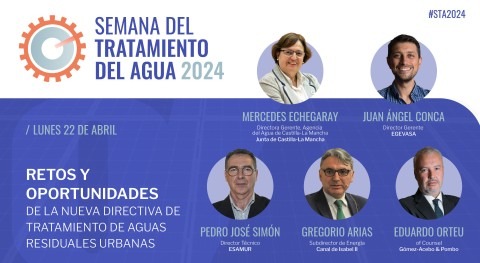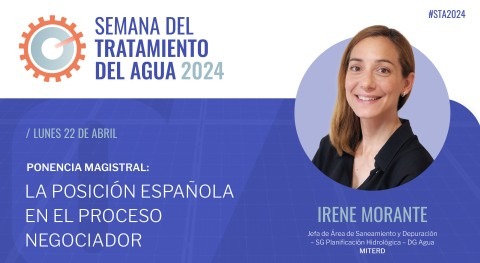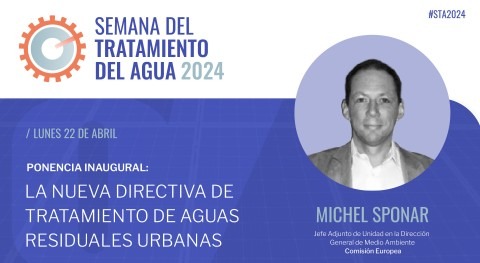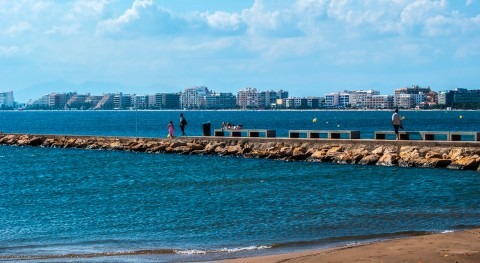The WFD is a strong defender of sustainable water management and therefore also committed to the protection of water bodies. Apart from its ''no-deterioration clause'', the directive requires member states to ensure that all their water bodies revert to a ''good status'' by the year 2015.
The WFD creates a strong echo in the water/hydropower industry. Does it put a stop to hydropower and its invaluable benefits for our climate? A study conducted by TU Graz has the details. The aim of the study was to look at the WFD and assess its potential impact on domestic hydropower from the viewpoint of energy and economic efficiency
Read more





































